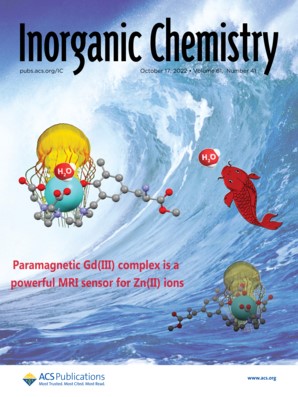Our paper on Gd-based MRI probes sensitive to zinc(II) has been published in the newest issue of Inorganic Chemistry. In this Research Article, we explored the origin of the unprecedented response of the MRI sensor towards zinc(II) (Wang and Angelovski, Angew. Chem. 2020) and expanded the choice of potential MRI probes by preparing its free acid version. We performed a detailed investigation of these two MRI probes upon interaction with zinic(II) by investigating the 1H NMR dispersion, 17O NMR, and isothermal titration calorimetry properties. We also studied their interaction with human serum albumin in absence and presence of zinc(II). The insights obtained in this study are very valuable for the future design and preparation of viable and biocompatible smart probes and their use in functional MRI studies. This is a collaborative work of Drs. Wang and Angelovski with Drs. Amézqueta and Ràfols from the University of Barcelona (Spain) and Drs. Martin and Bonnet from the Center for Molecular Biophysics, CNRS – Orleans (France).
This work has been highlighted on the front cover of the newest issue (No. 41) of the Inorganic Chemistry !

G. Wang, H. Martin, S. Amézqueta, C. Rafols, C. S. Bonnet, and G. Angelovski. Insights into the Responding Modes of Highly Potent Gadolinium-Based Magnetic Resonance Imaging Probes Sensitive to Zinc Ions.
Inorg. Chem. 2022, 61, 41, 16256–16265
https://pubs.acs.org/doi/10.1021/acs.inorgchem.2c01960